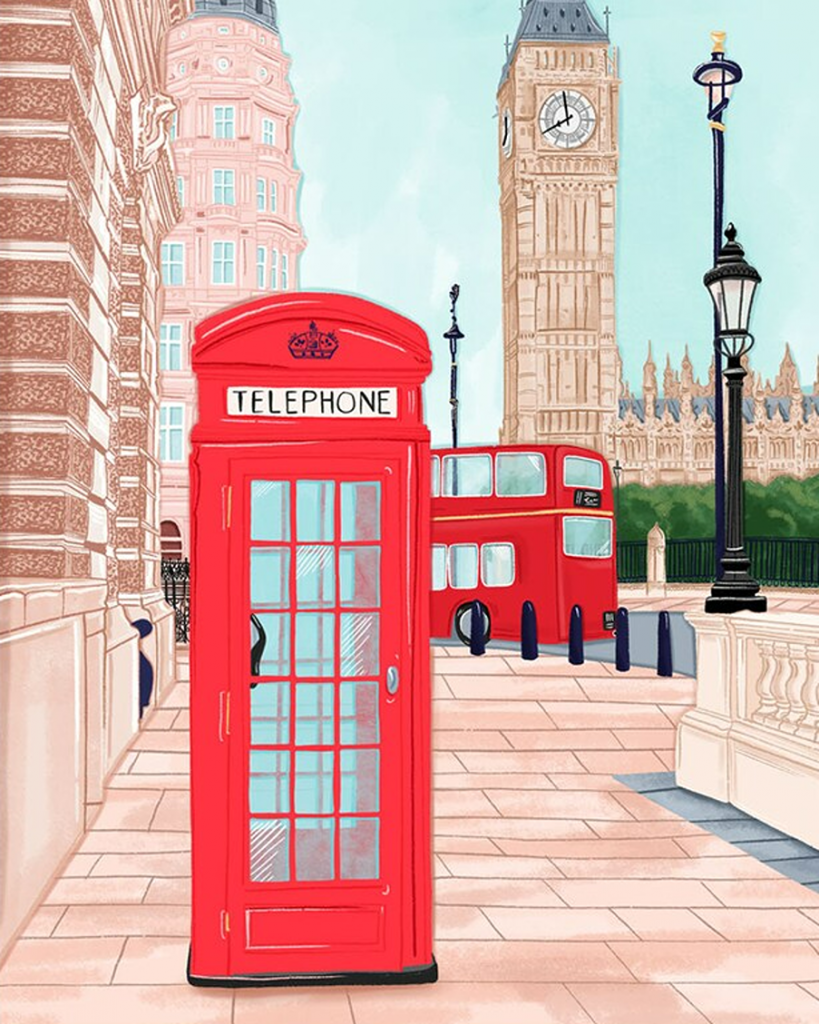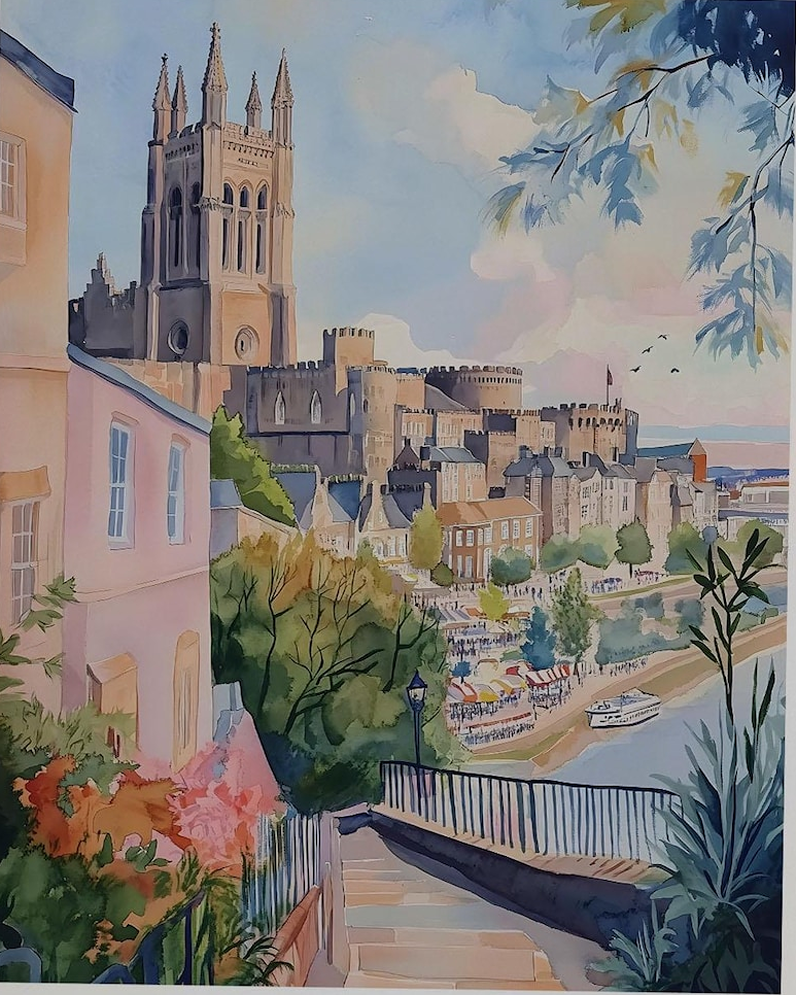How to Prevent Urban Heat Island Effect

Rising temperatures due to climate change are a growing concern. And none more so than in cities, which are suffering from Urban Heat Island (UHI) effect. This is when urban areas absorb and retain more heat, and this causes temperatures to soar to a dangerous level.
One GB News presenter recently said that the media and MPs were scaremongering people to be ‘frightened of summer’ predictions of at least 40 degrees. But BBC meteoreologist Tomasz Schafermaker says this was air temperature (above 1 metre).
Not ground temperatures, which will have been higher (sometimes in excess of 50 C). This is the problem when we have MPs and media pundits deciding how serious climate change is, rather than listening to scientists.
Urban Heat Island Effect is when cities have higher temperatures than rural areas (sometimes as much as 5 degrees centigrade). Concrete, asphalt and metal soak up sun during the day, and release as heat during the night. With little natural cooling elements like trees or grass.
Although cities like London do plant lots of trees, most cities don’t have as many trees, and even London also has lots of asphalt and concrete that absorb heat too quickly and release it slowly (unlike plants or soil). Air-conditioning and vehicles also add more heat.
Use no-dig gardening to protect wildlife. Learn how to pet-friendly gardens and wildlife-friendly gardens. Also learn when planting greenery, how to stop birds flying into windows.
Use Cool Roofing Materials
Switching to cool roofs is one of the best moves for city buildings. Cool roofs reflect sunlight instead of soaking it up, keeping surface temperatures much lower. Options like white membranes, reflective shingles, or special coatings all help.
The result? Buildings stay cooler, so less energy is needed for air conditioning, which means lower power costs and fewer emissions.
Plant More Trees
Trees work like nature’s shade umbrellas, blocking direct sunlight and cooling the air through evaporation. When lined along streets, planted in yards or added to parks, trees can drop local temperatures by several degrees.
They also clean the air and provide a welcome break from concrete and cars. Volunteers, community groups and city planners all play a role in getting trees planted in the right places.
Read more on why our cities need more trees. Also know trees to avoid near horses (including yew, oak, sycamore).
Install Green Roofs
Green roofs—rooftops covered with soil and plants—act like giant sponges and sunshades. They absorb rain, slow down runoff, and take in less heat than bare concrete or metal.
On hot days, they help keep buildings cooler inside and reduce the warmth leaving the roof. Green roofs offer the bonus of bringing a touch of nature and habitat to city skylines.
Use Cool Pavements
Traditional blacktop absorbs a lot of heat, making streets and parking lots uncomfortable. Cool pavement options, like lighter concrete or special coatings, reflect more sunlight and stay cooler.
Swapping out or treating surfaces in high traffic areas can cut down the overall heat in busy neighbourhoods.
Increase Urban Green Spaces
Parks, community gardens, greenways and other open spaces add a cooling effect that spreads beyond their borders. Grass, plants and trees keep the ground cooler than bare soil or pavement.
Even small patches of greenery make a difference when spread across the city, giving both people and animals a cooler place to rest and play.
Encourage Vertical Gardens
Vertical gardens, or living walls, cover sides of buildings with layers of plants. They can help cool the inside and outside of tall buildings by blocking sunlight and holding moisture.
These gardens also filter air, absorb some noise and add to the beauty of city life. They are practical for areas with limited ground space.
Promote Energy-Efficient Buildings
Energy-smart buildings produce less waste heat, which helps lower the heat island effect. Good insulation, better windows and shading devices keep interiors cooler in summer.
Incentive programs, updated building codes and education all help owners and developers focus on energy-saving upgrades.
Plan for Smart Urban Design
The layout of a city matters. Good planning includes wide streets, shaded walkways, pocket parks and building placement that encourages natural breezes.
Mixing infrastructure with natural elements helps heat escape and creates neighbourhoods that feel open and pleasant, even during hot spells.
Support Public Transit
Traffic jams and thousands of running engines pump heat and pollution into city air. Biking, walking and reliable public transit cut down on this waste.
By supporting car-free options and investing in transit, cities can lower air temperature and create a more comfortable environment for everyone.





